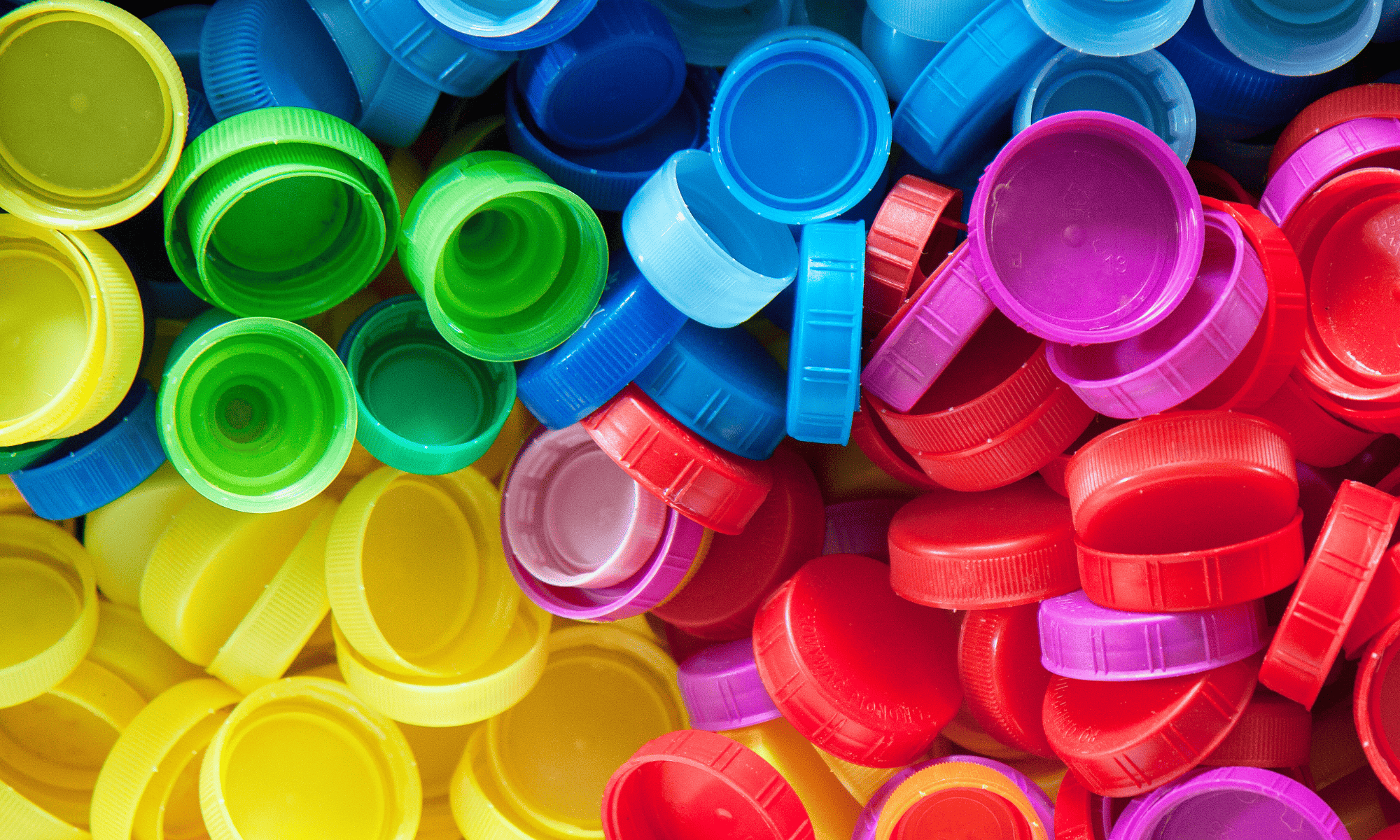STAY UP TO DATE
Evolution of Regulatory Efforts in Responding to PFAS Contamination in Our Drinking Water Sources – Upcoming Cleanup Levels
Per- and polyfluoroalkyl substances (PFAS) are a family of thousands of synthetic chemicals that have been manufactured and used in thousands of commercial and household products since the 1940s.
CONTACT US TODAYPFAS Blood Level Estimation Tool


Products With PFAS & Effects
Due to their widespread use in surface coatings, surfactants, resins, molds, rubber, etching, and plastics, they could be present in any environment. They are highly toxic, very mobile, and persistent in the environment, and they bioaccumulate in animals and the human body.
Industries Imapcted by PFAS
They have been discovered at fire training facilities, fire stations, refineries, military bases and training centers, commercial and private airports, wastewater treatment plants, landfills, lands with biosolid application, rail yards, chemical facilities, plating facilities, textile/carpet manufacturers, and residential areas with septic systems. Sites with Class B Firefighting systems that utilized Aqueous Film Forming Foam (AFFF) fire suppressant are one of the high-probability PFAS sites that require a thorough investigation of the soil and groundwater for contamination.
Current Protocols
Depending on the source of funding and the oversight regulatory agency for a cleanup project, which could be either Federal or State level projects, EPA’s and State established levels shall be used as the recommended cleanup level for a contaminated site.
Overview of Regulatory Efforts in Enforcing PFAS Cleanup
Since discovery of PFAS in our drinking water sources, regulatory efforts have been escalated to address these forever chemicals in our supplies. From 2016 we have seen ever-changing limits being established in terms of notification levels, response levels, public health goals (PHG), health advisories, etc. but none of these values are currently enforceable by regulatory agencies.
Enforcement/ Remediation Target Goal
This will change soon as U. S. Environmental Protection Agency (EPA) is planning to establish Maximum Contaminant Levels (MCLs) in drinking water for perfluorooctanoic acid (PFOA) and perfluorooctane (PFOS) by September 2022 as it was indicated in the EPA’s “October 2021 PFAS Strategic Roadmap”.
Existing Cleanup Levels
Meanwhile, on June 15, 2022, EPA updated the Interim Drinking Water Health Advisories for PFOA and PFOS from 70 parts per trillion (ppt) for both, to 0.004 ppt for PFOA, and 2 ppt for PFOS. At the same time, EPA also issued final health advisories for two other PFAS, perfluorobutane sulfonic acid and its potassium salt (PFBS) and for hexafluoropropylene oxide (HFPO) dimer acid and its ammonium salt (“GenX chemicals”). These values are 2,000 ppt and 10 ppt, respectively. These new levels published by EPA show how hazardous these chemicals are and we need to remove them effectively and practically from our drinking water supplies.
California Levels
In California, the State Water Resources Control Board lowered the response level, at which remediation is required, to 10 ppt for PFOA and 40 ppt for PFOS. All these values are subject to change as we have seen in the past few years. The California EPA – Office of Environmental Health Hazard Assessment (OEHHA) has 7 parts per quadrillion for PFOA, and 1 part per trillion for PFOS as the recommended PHG. A PHG is the amount of a chemical in drinking water at which adverse health effects are not expected to occur from a lifetime of exposure.
PFAS SIMPLIFIED
Everyone is Contaminated by PFAS
Still not sure what PFAS is or how it is negatively effecting the planet? This short video explains where PFAS started and how it now affects 99% of the worlds population.
California Water Board
This webpage provides a general background on PFAS, information on where PFAS data is being collected across the state, announcements for current Water Board events, links to past Water Board events, and links to other state entities implementing efforts on PFAS.
United States Environmental Protection Agency
The EPA released four drinking water health advisories for PFAS. EPA also announced that it is inviting states and territories to apply for $1 billion in Bipartisan Infrastructure Law grant funding to address PFAS and other emerging contaminants in drinking water.


